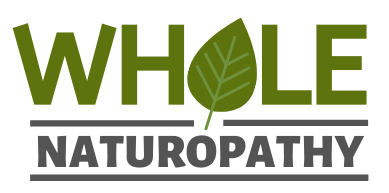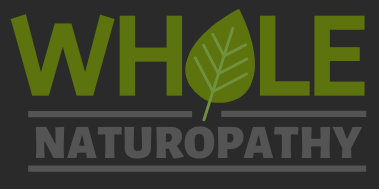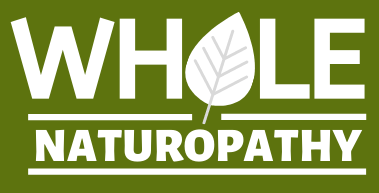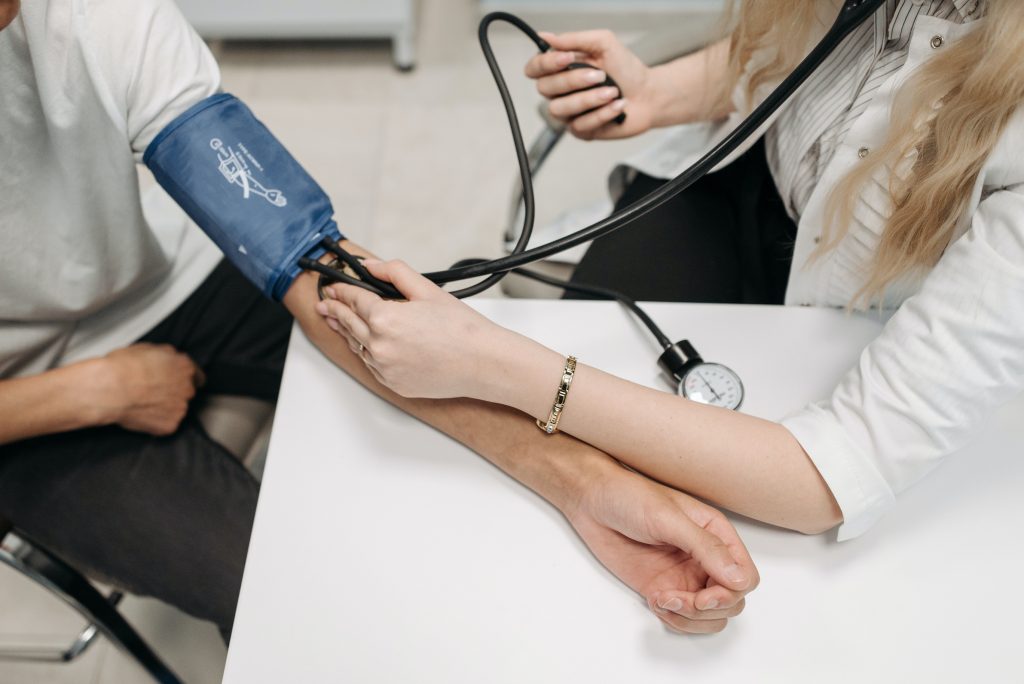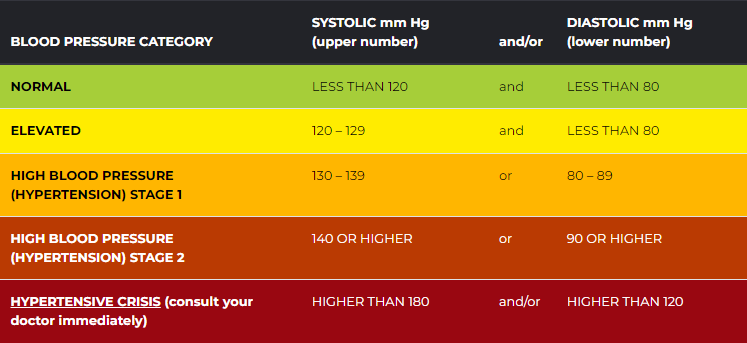High blood pressure risks
Risk factors include being overweight, increased waist circumference, consumption of excess sodium or alcohol, smoking and lack of physical activity.1 The risk of hypertension increases with age due to changes in blood vessel collagen and increased atherosclerosis causing the blood vessels to stiffen.3
High blood pressure in Pregnancy
5%-7% of pregnant women suffer hypertension.4 This can indicate preeclampsia and lead to gestational diabetes and both maternal and fetal morbidity. It can also lead to future metabolic and cardiac disease.
Causes of high blood pressure
Sodium, found in salt, regulates blood volume, as high sodium increases fluid volume and which therefore increase the pressure on the blood vessels.5 In a healthy individual, this is regulated by blood vessel resistance and nitric oxide, but in cases of salt sensitivity or high salt intake little nitric oxide is available. Nitric oxide is released from blood vessels and relaxes the smooth muscle of the vessel walls, but hypertensive people have lowered levels of nitric oxide.3 The high sodium levels can also lead to type 2 diabetes mellitus and metabolic syndrome.3
The immune system is also involved in hypertension, as disease leads to free radicals and inflammation causing a decrease in the diameter of the blood vessels and fibrosis (scarring which decreases the flexibility of the blood vessel).3 Inflammation also further progresses hypertension by causing organ damage.
Sympathetic nervous system, “fight or flight” dominance is increased with obesity, metabolic syndrome, heart failure and renal disease. This reduces the normal regulation of blood vessel constriction and relaxation further increasing blood pressure.3
Natural treatments for high blood pressure
Diet Guidelines
General recommendations include weight loss, reduced sodium and alcohol intake, increased potassium intake and physical activity. Highly processed foods are associated with both obesity and hypertension; and non-nutritive sweeteners, such as those found in soft drinks, are associated with both increased BMI and cardiometabolic risk.5,6
The Dietary Approaches to Stop Hypertension (DASH) diet is high in fruit, vegetables, and wholegrains and low in refined carbohydrates, has been found helpful in hypertension.3 The Mediterranean diet has also been shown to reduce blood pressure in those with cardiovascular risk.7
Garlic
Garlic has been shown to reduce blood pressure and inhibit further coronary artery calcification and fibrosis.8,9 It also regulates cholesterol in those with elevated levels, as well as reducing waist circumference, body mass index (BMI) and inflammatory markers. It can be used in both prevention and treatment of blood pressure and other cardiovascular risk factors.10
Fish
Consuming oily fish improves blood pressure and blood vessel function.11 Fatty acids found in fish reduce blood pressure, improve blood vessel and heart function, are anti-inflammatory, antioxidant, and antithrombotic.12 Both oily and white fish are associated with a healthy BMI and it is recommended to eat oily fish at least twice a week.13
Antioxidants
Blueberries are high in flavonoids, vitamin C, vitamin E, amongst other antioxidants, and have been shown to reduce inflammation which is present in hypertension.14
Vitamin C is also found in capsicum, tomato, citrus fruit, and cruciferous vegetables, and has been shown to reduce the blood pressure in those with high blood pressure.145
Vitamin E is found in the oils of nuts and seeds, leafy vegetables, eggs and dairy. Vitamin C and E increases circulating nitric oxide, prevent free radical damage, and also reduce atherosclerosis.16
Exercise
Exercise has been shown to reduce obesity, and aerobic exercise improve atrial stiffness in hypertension and also improves other risks for cardiovascular disease.17 It is recommended that in order to reduce blood pressure, a combination of moderate to vigorous aerobic exercise for 5 days per week as well as strength training 2 days per week.18 In some cases this this exercise may not be safe or sustainable and should be discussed with a health professional.
Green tea (Camellia sinensis)
Chinese population studies show that just 1 cup/day of green tea or Oolong tea significantly reduces the risk of developing hypertension.19 Whilst the reduction in blood pressure is small, it is significant due to the reduced risk of comorbidities associated with hypertension. It is more effective in those with higher blood pressure, and those with comorbidities may require a longer intervention time.
Green tea has been found to be antioxidant, anti-inflammatory, and cardioprotective.20 In animal studies it has been found to reduce hypertension and further organ damage by reducing free radicals, by addressing the immune component and, therefore inflammation. It also increases nitric oxide and prevents the build-up of atherosclerosis.
Many high quality studies have found green tea to reduce blood pressure in those with elevated blood pressure or hypertension, and was particularly effective in overweight or obese individuals.21,22,23 Black tea also reduces blood pressure although not as much as green tea, and decaffeinated tea reduced blood pressure even more.24
These studies found that green tea should be taken as an infusion (tea) rather than a supplement at an amount of 2-6 cups/day for longer than 3 months. Because of the small reduction in BP, and the high safety profile, it would be recommended to be used as a long-term additional lifestyle treatment for hypertension.
This advice is general in nature and not intended to be prescriptive. For individualised prescriptive advice, please see a naturopath or other health care practitioner.
As well as diet and lifestyle recommendations, we have nutritional and herbal medicines that can help to reduce blood pressure. Contact us for further details.
References
- https://doi.org/10.1038/s41371-019-0266-z
- https://doi.org/10.1007/s40292-020-00415-9
- https://doi.org/10.1038/nrdp.2018.14
- https://www.sciencedirect.com/science/article/abs/pii/S193317110800185X
- https://doi.org/10.1038/nature24628
- https://www.cmaj.ca/content/189/28/E929.short
- https://academic.oup.com/ajh/article/30/4/358/2645510
- https://academic.oup.com/jn/article/146/2/389S/4584698
- https://link.springer.com/article/10.1186/s12906-020-02932-5
- https://www.tandfonline.com/doi/abs/10.1080/10408398.2022.2043821
- https://www.sciencedirect.com/science/article/pii/S002191501731314X
- https://www.sciencedirect.com/science/article/abs/pii/S0367326X17313035
- https://www.sciencedirect.com/science/article/abs/pii/S0367326X17313035
- https://academic.oup.com/jn/article/148/2/209/4913029
- https://www.ncbi.nlm.nih.gov/pmc/articles/PMC7034722/
- https://www.google.com.au/books/edition/Clinical_Naturopathic_Medicine/Z9cMOSbgozIC?hl=en&gbpv=1&dq=hechtman+2019&printsec=frontcover
- https://journals.lww.com/jhypertension/Abstract/2021/02000/Exercise_training_reduces_arterial_stiffness_in.3.aspx
- https://www.sciencedirect.com/science/article/abs/pii/S1440244008002156
- https://doi.org/10.1001/archinte.164.14.1534
- https://doi.org/10.3390/biom10040603
- https://doi.org/10.1016/j.ctim.2020.102430
- https://doi.org/10.1097/MD.0000000000019047
- https://doi.org/10.1136/bmjopen-2014-004971
- https://doi.org/10.1093/nutrit/nuv001
